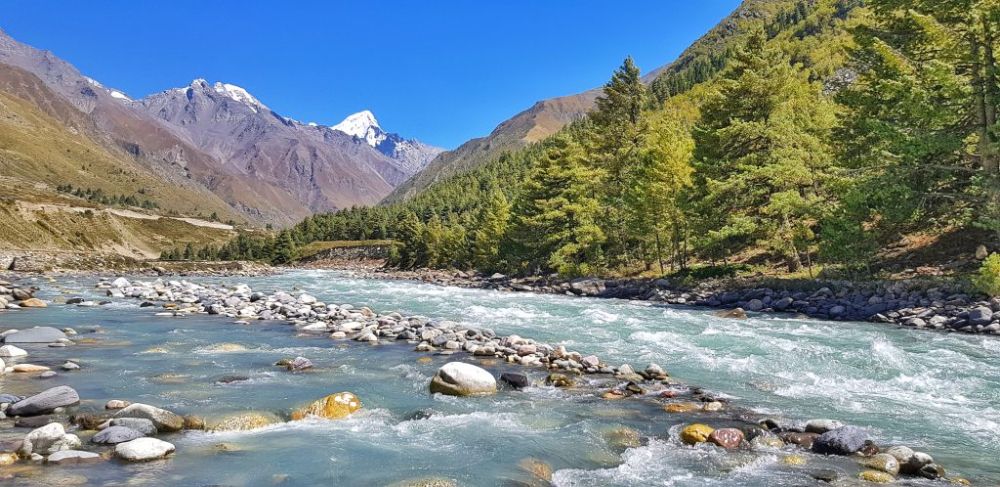

The Baspa Valley, also known as the Sangla Valley, is a tranquil retreat nestled in the Kinnaur district of Himachal Pradesh, India. Pristine and less traveled, this valley presents a delightful confluence of natural beauty, rich cultural heritage, and a serene environment. This valley draws its name from the Baspa River, which meanders through the region, offering life and sustenance to the valley's inhabitants and lush orchards.
Tourism in the Baspa Valley has a relatively fledgling history that dates back to only a few decades ago, gaining momentum with the increasing search for unspoiled destinations by adventurers and travelers. Initially, the valley was a well-kept secret among the trekking communities, who found the pristine environment perfect for hiking and exploration.
In the early 1990s, with the liberalization of the Indian economy and the state government's focus on promoting tourism, there was a gradual increase in domestic and later, international visitors. Efforts were made to put places like the Baspa Valley on the tourism map, which succeeded in inviting those who wished for a break from the hustle and bustle of city life.
The opening of the Hindustan-Tibet Road further boosted the tourism prospects of the area by improving accessibility. This picturesque road trip became a highlight for many travelers who sought to experience the rugged beauty of the mountains while making their way to the valley.
The enchanting landscapes, apple orchards, and the charming wooden architecture of the region are among the many elements that contribute to the valley's appeal. The Kamru Fort and Bering Nag Temple enhance its cultural significance, drawing visitors interested in the spiritual and historical legacy of the region.
The valley's tourism offerings include a blend of adventure, relaxation, and cultural exploration. From trekking trails to the pristine glacial-fed Baspa River which is ideal for angling, and from village walks to participating in local festivals, the valley offers varied experiences for all kinds of travelers.
As travel preferences evolve, a notable shift towards eco-tourism and sustainable practices has been observed in Baspa Valley. Visitors today are more inclined towards accommodations and activities that have minimal environmental impact. Hence, homestays and eco-friendly hotels have gained popularity.
Another trending facet of tourism in the valley is the desire for authentic experiences. Travelers are keen to engage with local communities, learn about Kinnauri culture, and participate in traditional lifestyle and cuisine. This inclination towards immersive tourism has led to more hands-on activities like fruit picking, cooking classes, and cultural expositions becoming part of the travel itinerary in the valley.
With a rise in wellness tourism, people are also seeking destinations like the Baspa Valley for yoga retreats and meditation, looking to harness the natural tranquility of the place to rejuvenate body and mind.
The Baspa Valley in Sangla is a remarkable blend of enchanting landscapes, rich history, and evolving tourism trends that make it a must-visit destination for any traveler seeking solitude and a connection with nature. With growing awareness and mindful practices, the valley continues to be an alluring escape preserving its pristine charm for future generations.